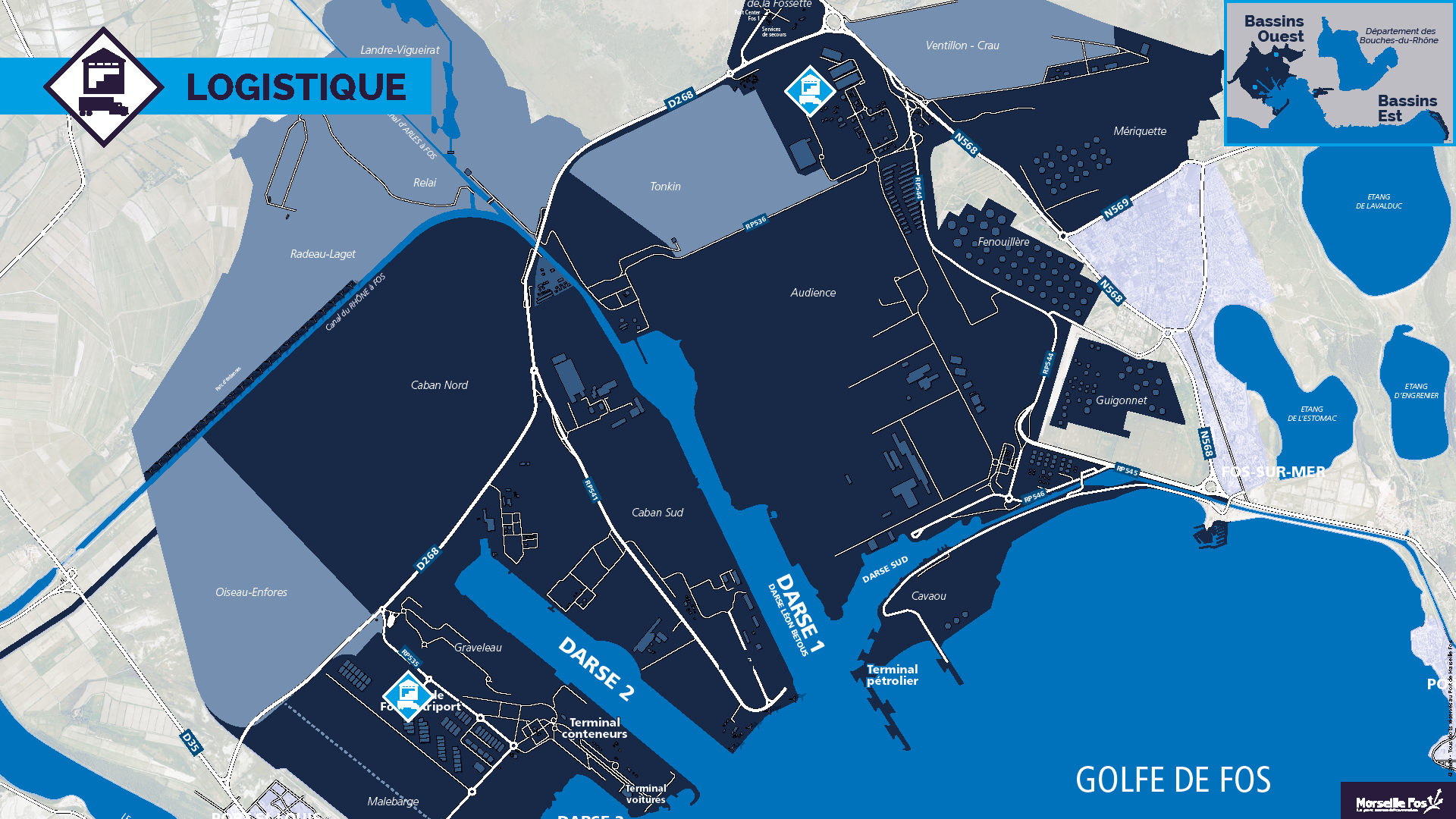
WEIGHT: 57 kg
Bust: C
One HOUR:100$
Overnight: +30$
Services: Golden shower (in), Massage professional, Photo / Video rec, Slave, Pole Dancing
Ports that are able to offer scale economies on land by using combined transport gain a competitive advantage in their port range. The recent rapid expansion of combined waterway-road services at French ports, Le Havre and Marseille, led us to carry out a theoretical and empirical analysis of the causes and conditions that underline this development. In order to more clearly understand the dynamics of the French situation, attention has been broadened to include other competing European ports, Antwerp and Rotterdam.
The four-stage theoretical model highlights the interdependence between the setting up of combined waterway-road services, the competition between ports and the competition between shipping lines. On the sea, this is achieved by the use of vessels with increasingly large capacities Cullinane et al. Hinterland transport is a vital factor in enabling seaports to assemble or distribute the large numbers of containers that the larger vessels take on or drop off. The ports which manage to combine concentrated maritime services with high-capacity inland services gain the position of principal load centre in their port range because they control a large hinterland Hayuth, ; Heaver, ; Robinson, ; Notteboom, In order to more clearly understand the dynamics of the French situation, attention must be broadened to include other competing European ports, notably Antwerp and Rotterdam which have more fully exploited the European waterway system, the Rhine in particular.

The second section implements a four stage theoretical model. It highlights the interdependence between the setting up of combined waterway-road services, the competition between ports and the competition between shipping lines.
The last part of the paper compares the model with an empirical analysis of waterway services operating from the ports of Antwerp, Rotterdam, Le Havre and Marseille, paying particular attention to competition between ports and between carriers. However, as a high-capacity mode, inland waterways also have considerable advantages over the road, and they frequently share these with rail Van Slobbe, :.

Water transport is more energy efficient and has lower costs per tonne-kilometre than either road or rail. Up to TEUs at a time can be transported by barge, compared with only 90 by train and only 2 by truck,. Unlike the road, which possesses a very large interconnected network, inland waterway services can only carry goods to a limited number of destinations which are entirely dependent on the infrastructure. The entire transport process is therefore longer and slower by inland waterway than by road.




































